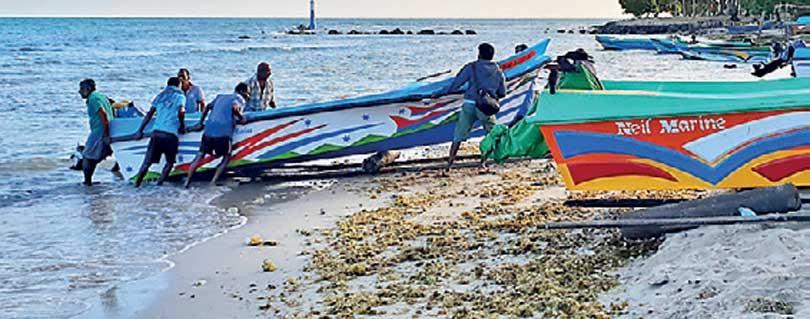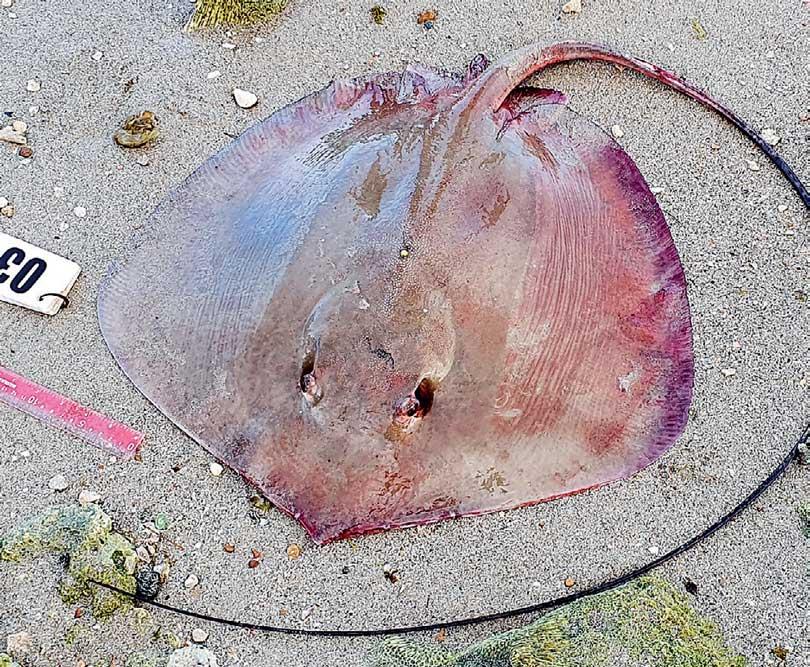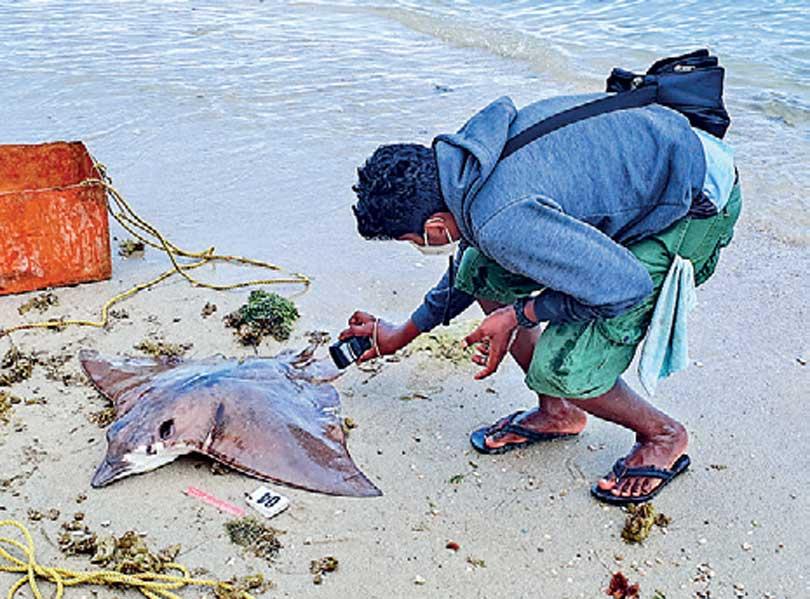14 May 2021 - {{hitsCtrl.values.hits}}


Sharks and rays (elasmobranchs) are a unique group of fishes with skeletons made of cartilage. They play an important role in the marine food web, with many found in the higher trophic levels helping to maintain natural balance.
Most elasmobranchs are extremely vulnerable to external pressures, such as fishing, due to their long lives, slow growth rates, late maturity, and low reproductive potential. Unfortunately,overfishing, and other anthropogenic activities have increased the extinction risk of most shark and ray species across their global ranges.
They are captured in both target and bycatch (incidental capture) fisheries driven by growing international demand for shark and ray fins, meat, gill plates (from manta and mobula rays), liver oil, and other derivates. Many of the fisheries resulting in their overexploitation are mismanaged and unregulated. Given that living organisms are interconnected, their presence is important for ecosystem equilibrium. And the removal of even one species, and particularly keystone species like sharks, can have devastating impacts on the ecosystem and associated habitats. In recent years, sharks and rays have received a lot of conservation attention around the world. However, there is still a lot more to be done.

To effectively protect them, we have to study their life history, population status, their habitats and movements, and also their definitive role within marine ecosystems. Armed with this information, we will be better placed to provide scientific recommendations to halt population declines and enable recovery of depleted stocks, while supporting sustainable fisheries for the more productive species. Supporting fisher livelihoods is essential, however for long-term sustainability, we also must consider the survival of the species.
If a species goes extinct or is depleted to the extent that commercial fisheries for that species are no longer viable, the associated fisher livelihoods would also collapse. Since 2017, Blue Resources Trust (BRT) have been conducting a systematic shark and ray research project across Sri Lanka. This includes surveys of landing sites to determine the magnitude and composition of Sri Lanka’s shark and ray fisheries and expand available knowledge on their biology and ecology. BRT data have shown that nearly half of the Sri Lankan shark and ray species diversity is present around the Jaffna peninsula.
In this region, small-scale artisanal fisheries are prevalent, and their fishing is mostly restricted to the coastal areas.
This area also appears to be key sites for some priority species, such as the sharpnose guitarfish (Glaucostegus granulatus, an IUCN Red List Critically Endangered species). Subsequently, BRT have initiated a project, with support from the Tokyo Cement Group, focusing on identifying the critical habitats of sharks and rays in northern Sri Lanka and to improve understanding of this fishery and associated fisher communities. With this scientific data, it will become possible to recommend effective, sustainable management measures to prevent overfishing of sharks and rays and enable their recovery.
Sent By Daniel Fernando – Marine Biologist, Co-Founder of Blue Resources Trust
19 Apr 2024 34 minute ago
19 Apr 2024 38 minute ago
19 Apr 2024 43 minute ago
19 Apr 2024 48 minute ago
19 Apr 2024 52 minute ago